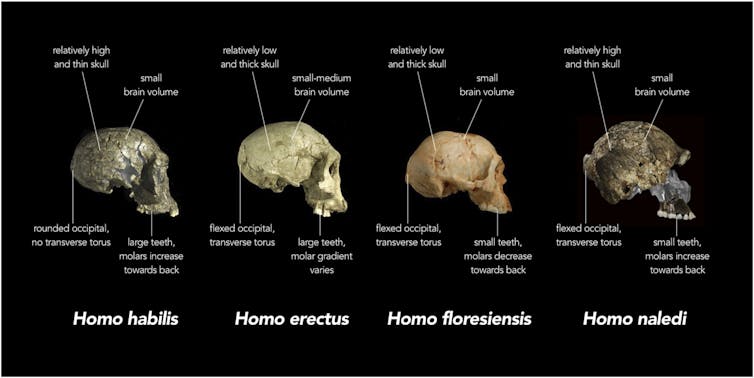AMA Private Health Insurance Report Card 2020
Private health fund membership is continuing to decline and further reforms will be needed to combat the likely financial impact from the COVID-19 pandemic, AMA President, Dr Omar Khorshid, said today.
Releasing the AMA Private Health Insurance Report Card 2020, Dr Khorshid said that next week’s premium rises are likely to see even more people giving up their insurance, at a time when the public hospital system is under increased pressure.
“Australia’s private health insurance system is under real stress,” Dr Khorshid said.
“There have been five years of continuous decline in the proportion of Australians with hospital insurance.
“This is only likely to get worse as a result of the global pandemic, as people face unemployment or underemployment, and the economy is in recession.
“Worse than this, the people who are dropping their insurance are young, healthy people, while people over 65 years are taking it up in increasing numbers.
“The greater the mix of older Australians in the insured pool, the greater the claims, and the greater the premium rises.
“As premiums increase, they price out of the market those who are least able to afford it, including large numbers of younger Australians, and families.
“Unless the drift away from private health insurance is stopped, we will see even more pressure on an already stressed public hospital system.
“The Federal Government’s Gold, Silver, Bronze, and Basic reforms have been in full force since April this year, but they have not reversed the trend or changed the underlying numbers.
“It is time for more reform. It is time for the Government to stop underfunding the public and private health systems, time to stop making ‘savings’ at the expense of quality health care, and time to focus on fixing the system.
“The AMA recently released its Prescription for Private Health, outlining the changes necessary to reverse the slump in health fund membership.
“We called for comprehensive reforms to premium rebates, lifetime health cover loadings, the Medicare surcharge levy, youth discounts, long-term incentives for people to maintain their cover, and a minimum level of benefits for patients.
“Private health insurance is one of the single largest and most complex purchases the Australian households will make each year.
“As people’s incomes have been hit by the impact of the COVID-19 pandemic, this choice is even harder for many Australians.
“Achieving value for money must be the Government’s top priority when it comes to private health insurance.”
The Report Card demystifies the complexities of private health insurance – explaining how out-of-pocket costs occur, how choosing an insurance policy based on the cost of premiums can result in higher expenses later, and how benefits and gaps vary across insurers, but also on a State-by-State basis, even with the same insurer.
It compares the proportion of hospital and medical costs covered by each fund, and provides examples of common procedures where insurers pay different levels of benefits.
The AMA Private Health Insurance Report Card 2020 is available at
The AMA Prescription for Private Health is available at
Background
- Australian Prudential Regulation Authority figures show that 97.7 per cent of medical services in Australia were provided at either no-gap or known-gap in the June 2020 quarter, up 3 per cent on the same quarter in 2019.
- For the 2.5 per cent of doctors billing out-of-pocket, the charges (in-hospital services) were an average of $188 per episode.
- In the latest quarter, insurers paid $3,314 million in hospital treatment benefits, comprising:
- Medical services – $473 million (14.3 per cent)
- Prostheses items – $444 million (13.4 per cent)
- Hospital services such as accommodation and nursing – $2,397 million (72.3 per cent).
- Doctors’ fees make up only 13.1 per cent of out-of-pocket expenditure for patients – in 2017-18, patients spent $9.4 billion (30.8 per cent) on over-the-counter medications, vitamins, and health-related products, and only $4 billion on medical services.








